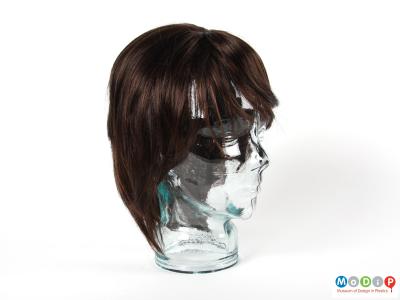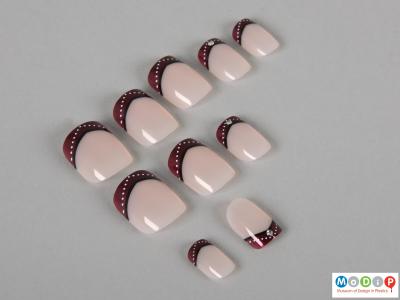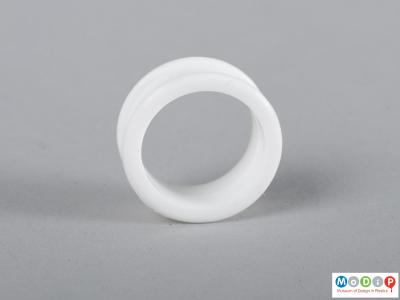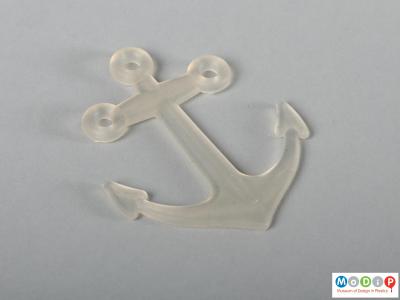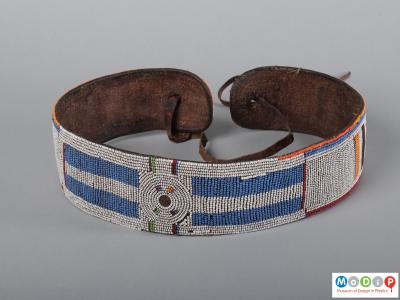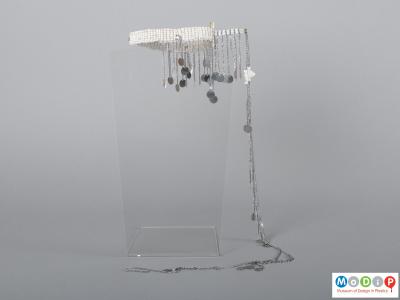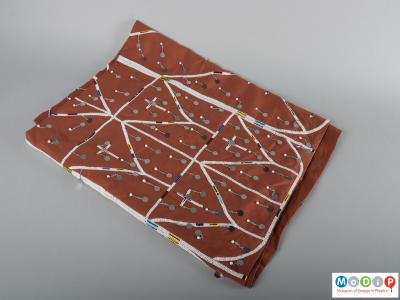There are many ways in which people can express individuality. We can do it through the clothes we wear and the way we conduct ourselves. We can also change our appearance both temporarily, through jewellery and removable accoutrements, and more permanently through tattoos and piercings.
Wearing a wig (1) with a different style or colour can be a way of expressing identity without making a permanent change. Hair pieces can be used both for fun or during episodes of hair loss, as can false eyelashes (2). Polymethyl methacrylate (acrylic) finger and toe nails (3 & 4) can be worn over natural nails to portray a different look.
The body modification of ear stretching or gauging has been used around the world for thousands of years using a variety of natural materials. The practice has been used to denote social status as well as for aesthetic reasons. Western adopters started to use ear stretching in the 1980s and 1990s and it has become more widely used as a body art form since the 2010s. Modern acrylic and silicone tunnels and plugs come in many sizes (5 - 11), however, 10mm is a common size to reach as going beyond this size requires reconstructive surgery to reverse. Medical grade silicone subdermal implants (12 - 16) are body modifications that are like a 3 dimensional tattoo. The implants are placed underneath the skin to create a raised design. The process, which was pioneered in 1994 by Steve Haworth, a body modification artist, is sometimes known as 3-D implant, or pocketing. To install an implant, an incision is made down to the subcutaneous layer, which is below the epidermis (skin) and the dermis. A pocket is made using a dermal elevator into which the implant is placed.
Maasai beadwork (17 - 19) originally used beads made of dried grass, sticks, clay, seeds, and shells, now uses plastic and glass. The colours have different meanings: red (blood, bravery, and unity), white (health, peace, and purity), blue (the colour of the sky represents energy), green (colour of grass signifies the land and production), black (the people and their struggles), yellow (the sun, fertility, and growth) and orange (warmth, generosity, and friendship).

